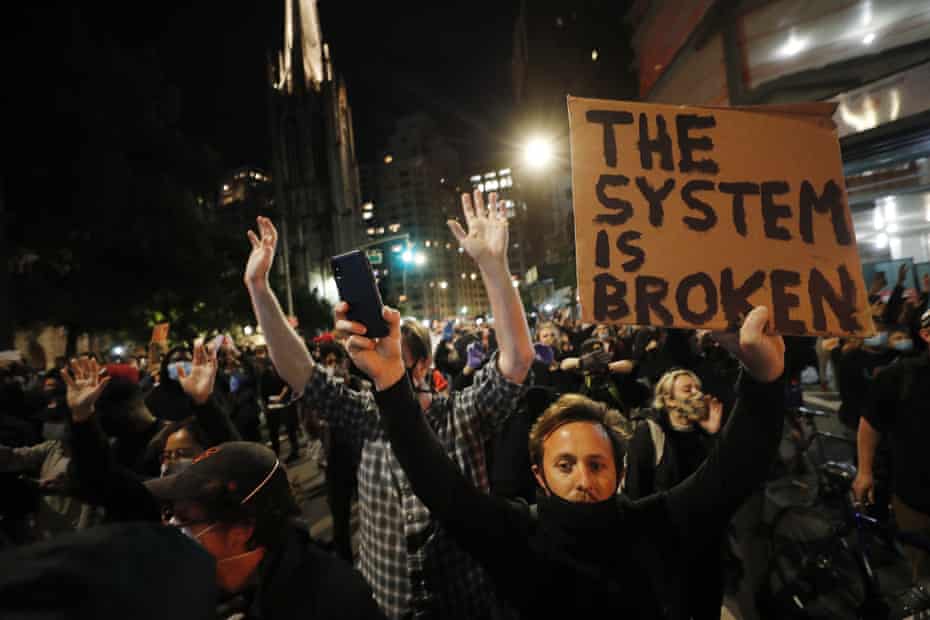Kevin McIntyre
km675818@ohio.edu
kevinmcin11@gmail.com
Photojournalism can be one of the most effective ways to influence society. We have seen photojournalists cover some of the most important and some of the most devastating events in history. What has changed in recent years, however, is the fact that anyone can be a photojournalist. There is no need for someone to own a camera or work for a news publication when social media and smart phones exist. This leads to the ethical question of how we can minimize harm while still publishing impactful photos.
In the forefront of issues that were raised in 2020 was the problem of police brutality, which was an issue that was sparked after the murder of George Floyd in May of 2020. Since then, America has seen countless protests in cities around the world. One thing that has remained constant throughout all of these protests is an abundance of images posted on social media or by news publications.
From these protests, we have seen
some of the most powerful images in recent years. This begs the question, however, of whether or not average citizens have a moral responsibility to conceal the identities of the people in their photos, or request consent before posting them to social media.
This is a question of minimizing harm towards the public, versus the possible positive impact that these photos could have on the general public. While many of the protestors that are photographed would likely argue that the protest is simply an advocation for human rights, there are others in America that see the protests as politically charged and polarizing. Therefore, there is a certain element of danger for those that are seen in photos that have been published.
However, we are in an unprecedented time in which anyone is liable to be photographed at any time via smart phones, and published online via social media. In a perfect world, everybody would have the ability to give or to not give consent before an image of them is published, but this is simply impossible in society today.
News publications, on the other hand, should be held to higher ethical standards than everyday protestors when it comes to publishing photos. The reason for this is simply because of the audience that they reach and the ethical standards that have been set for them in the past. Consent to be published in an article from a large news organization is very important, and regulations are necessary. However, there is always the question of if the photo is too powerful to not be published, which should be decided at the discretion of the individual publication and examined in an ethical manner.





No comments:
Post a Comment